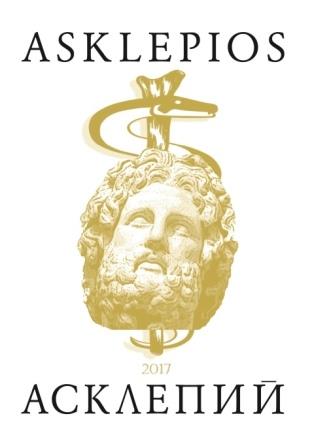Essence of the Bogomil movement and influence of the ideas of health on the culture of everyday life of the population
Essence of the Bogomil movement and influence of the ideas of health on the culture of everyday life of the population
Author(s): Nikola Zaprjanov, Vanina Mihaylova, Mariana Liochkova, Dimitar Shopov, Adolf AlakidiSubject(s): History, Social Sciences, History of ideas, Social history
Published by: Балканска асоциация по история и философия на медицината (БАИФМ)
Summary/Abstract: The Bogomil movement originated in the Bulgarian lands in the second quarter of 10th century, during the reign of Tzar Petar (927–969). The Bogomils are ideological followers of the principles of a Bulgarian priest who lived during that period, known as Bogomil the Priest. This fact is connected with the widely used names for Bogomils as torbesi (Macedonian Muslims) and babuni – from the places where Bogomil has lived and preached (the mountain of Babuna). The origin of the word Bogomil or Bogomile was first explained by Epiphanius – a Byzantine writer quoted in the book of Sam. Andreaes „Disguisitio de Bogomils“ (1968) under L. Brockett (2013). The data on Bogomils throughout the centuries are controversial. They are qualified as extreme heretics, preaches of the religion of despair or as representatives of progressive thinking in the dark epoch of the Middle Ages. In its essence Bogomilism is a heretical socio-religious movement which in X-XII century spread across Serbia, Bosnia, the entire Byzantine Empire, Italy, Southern France, Central and Western Europe.
Journal: Асклепий. Международно списание по история и философия на медицината
- Issue Year: XIII/2017
- Issue No: 01
- Page Range: 9-14
- Page Count: 6
- Language: English
- Content File-PDF

